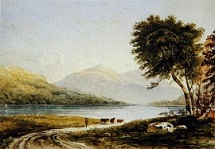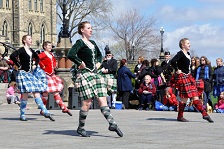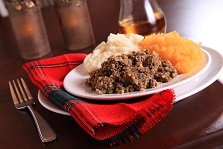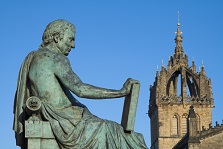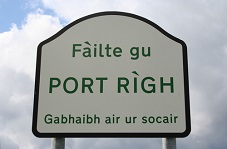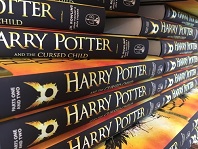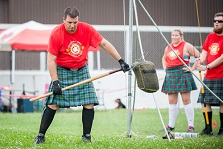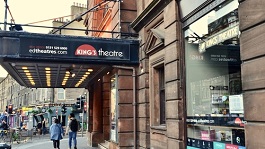Scottish Myths & Legends 101
Scottish Myths & Legends 101
There is definitely a lot more to Scottish myths and legends than the world-renowned Loch Ness monster Nessie. Nessie, thanks to her fame, will not get another mention here. You deserve to learn more about some other, maybe even more interesting, Scottish myths and legends.
Boobrie
If you ever find yourself next to (or on) a lake or salt well, then you should be on the lookout for a Boobrie. It is a rather scary looking bird, a little bit like a Northern diver – but scarier, maybe a little bit dinosaur-bird-like mix.
Kelpies
Kelpies are mythical water spirits that take on the form of horses (just recently two super-sized Kelpie heads have been built close to Edinburgh next to a motorway – an impressive sight). As beautiful as those water horses are, you should not be tempted to take a ride on them if you ever encountered one next to a river or lake. They will try to tempt you – but they would not take you to a wonderful place. The ride on a Kelpie would be the last ride in your life.
Selkies
Once you learn about Selkies, you might become a bit wary when you see seals. Selkies are a different type of water spirit and they usually have the form of seals. Selkie men are responsible for things like storms, and they might also sink ships as revenge (they naturally do not like seal hunters). A female Selkie can take the form of a human woman – of course a very beautiful one – by shedding her skin. Therein lies a danger though: Should a man find the skin, then he can force the Selkie to become his wife.
Black Donald
Black Donald is the mythical Scottish version of the devil. He often tries to disguise himself, but no matter how hard he tries his feet will always give him away (he has cloven feet) as he cannot disguise them.
Ghillie Dhu
Now to a friendlier and less dangerous character: the Ghillie Dhu. He is a Scottish elf, supposedly living somewhere close to Gairloch. He loves trees and is their guardian, so this makes it quite likely that you will only ever get the chance to meet him in a forest. Your chances are even better when you are still a child because he also has a big love for children and is very protective about them. However, he is generally quite shy, mainly active at night, and can be hard to spot because he dresses in leaves and moss to blend in with his surroundings.
Brownies
Not, those are not for eating! The Scottish Brownies are very useful little beings but they do not want you to ever see them. What they do is that they come out at night (they tend to live somewhere in your house – but you will never be able to find them) and do useful chores around the house, e.g. cleaning up. You should be nice to them and feed them. Porridge and honey will do!
Red Cap
And back to the rather unpleasant creatures of legends and mythology. The Red Cap can be a dwarf, an elf, goblin or fairy. But no matter which form they take, they are not very nice at all, and are usually described as old men with a red cap and a pikestaff. Legends say that those creatures live in the ruins of castles along the borders of Scotland and England. You would not want to meet any of them unless you can cite verses from the bible (they hate that and it even makes them lose a tooth!). They have to kill regularly because otherwise they would die themselves. Another unpleasant fact: They may look like old men, but they are fast. No human can outrun them.
Sidhe
Back to something more pleasant – we can't have you scared of ever entering Scotland, can we? The Sidhe are a different story than those evil red caps and Black Donald. There are many incredibly detailed stories about the Sidhe, where they live, where they came from and what they do. To give you an idea about what they are like: Think of Tolkien's elves, but most likely smaller as Sidhe are often referred to as fairies. The Sidhe are a powerful and supernatural race of elves. However, unlike Tolkien's elves, the Sidhe tend to live in mounds.
Haunted Castles
There are plenty of castle ruins in Scotland (and also some very well preserved castles). Of course many of those castles seem to have a bit of a problem: They are haunted. Some famous haunted castles are the very popular Eilean Donan Castle (scenes of the movie Highlander where filmed in and around the castle), Stirling Castle, and the castle of Edinburgh. All those castles are easily accessible, so you might want to find out for yourself whether the stories are true.
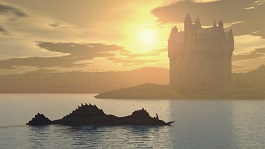

_(2).jpg)
